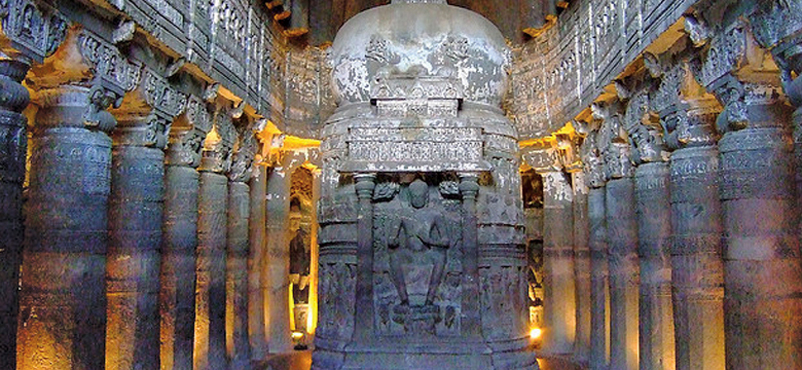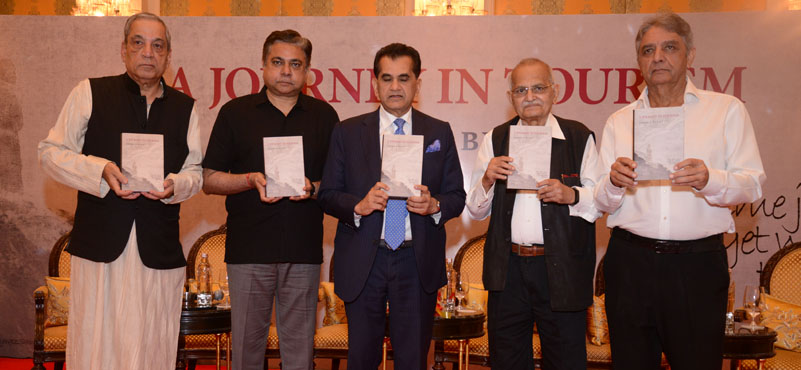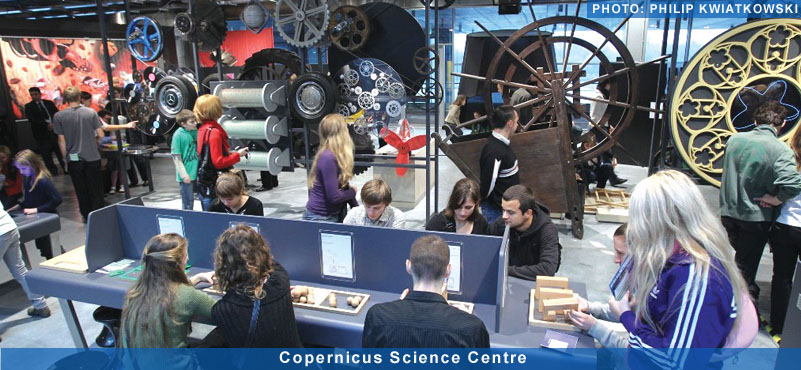Raghvendra Singh, the erstwhile culture secretary assured that the culture ministry was working in tandem with the ministry of tourism and was eager to piggy ride on some of the MoT initiatives pertaining to outreach. He has since moved to the ministry of textiles. Excerpts from the interview when he was the secretary, ministry of culture.

former Culture Secretary and current Secretary, Ministry of Textiles
Recently, the culture and tourism ministries were in the eye of the storm, with the “adopt a monument programme”, with people strongly critical, saying it was a sell-out of national heritage! This concern was with the Red Fort acquiring a new private sector partner. One question is also how you are dividing your domains – the monument must be within Culture but then is the Tourism Ministry driving this project? Is there some tripartite arrangement?
It is essentially a Tourism Ministry driven initiative. The problem arose with the use of the expression ‘Adopt a Heritage’. I would like to point out a few grey areas. Firstly, it does not mention monuments specifically, but heritage in its totality. There are a lot of monuments within this project but also quite a few others. The larger objective is that minus conservation, whether they are monuments or ecological products or sea beaches or forests or performing arts, how do we add value to the visitor experience through a public-private partnership. I think it is a very good initiative of the Ministry of Tourism.
Now, why did the controversy get created? If you remember sometime back when the issue of the Red Fort came up, people started saying that it is being given away. To my mind, that confusion got created because of the use of the word ‘adoption’. Whenever you think of adopting, you think it is being given away. This is not true. Here you basically partner in public amenities. If the private sector wants to put up benches or remodel the facilities or water for drinking, all these things can be done.
Isn’t this too elementary? Does it really require an outsider to plan and implement? After all, don’t forget that you had a very eminent minister like Mr Jagmohan who put together these things within the ministry itself?
It could be illumination of the building, or a sound and light show or putting up an interpretation centre. It could be providing trollies or golf-carts if needed. There are endless things. Apart from what is particular to conservation and what is actually not allowed by the law, the rest of the things are open for participation by the private sector, which is welcome to join hands and participate in making our heritage come alive.
We are participating not only in monuments but also in events. We are also open to joining hands with the private sector to do events. We also have the National Culture Fund. Any public or private sector organization is welcome to contribute. We also welcome tripartite agreements between donors and potential event organizers with possible venues like the National Museum premises, and with the Culture Ministry. Apart from the conservation work, we are open to all kinds of partnership if the shared objective is to give culture and heritage a new impetus.
Like where all would this happen? On the precincts of these monuments?
We have a lot of space which we are sprucing up and converting into greater acceptance for activities. Like, for instance, creating a sculpture garden where all types of cultural activities may take place.
The possibilities are immense. If the private sector wants to do an event, let’s say an exhibition on interesting maps of India, we can do one together. Alternatively, when I am doing some event and the private sector wants to join hands, we would welcome that equally.
So, where all these possible opportunities available today?
I had conceived of a calendar of events, city-wise. That’s what I am currently curating. And this calendar does not only confine itself to government-sponsored events but will also include numerous note-worthy private sector initiatives. This calendar will be put online and in print and circulated extensively within the country and outside. This will be a collaborative effort with the Ministry of Tourism. We have discussed this internally with them – where we would also consider holding exclusive events. They have the USP, with their tourist offices abroad, and with their marketing outreach, we want to piggyback with them.
These are done deals that when the calendar is ready, it would be picked up for promotion by the Ministry of Tourism? Is there a timeline?
Yes, we do. The calendar will take another two months.
One of the big concerns for tourism has been the ASI controlled monuments. I don’t think there is any outstanding issue as such but how do we work more in tandem with them? Is there any dialogue?
I would not like to call them ASI ‘controlled’ monuments, and rather prefer to say these are ASI protected monuments. I would invariably find them much better maintained. When you visit them, you find the area around them is well maintained, there were proper signages. You can make a comment on the quality of signages, but there are signages in place, you may not agree with the quality of the description. These can always get better, anything and everything can be improved upon and there is room for doing these better, and we are working towards this. There is always a scope to do better and that is what we are striving for. In the recent past, in Delhi, we have given a turn around to the Red Fort monument. We are shortly going to unveil that place. The British Barracks have been restored, 3-4 of them have been turned into permanent museums and the museums have been curated with great effort.
This partner a heritage scheme, are there any more on the anvil now? Can we expect a roll-out?
Yes. This coming season, starting from Durga Puja time onwards, a whole lot with private sector participation. In Delhi, Kolkata and Mumbai. We are going to share the national calendar. Very soon we will put it out.
Another area of concern, I would say, is the availability of technical expertise in heritage conservation, either in the private sector or ASI. There is a general sense that our capacity is severely limited. At local levels, at the national level, we have limited people and capacity, particularly keeping in mind the extensive heritage that we have across the country.
What you just asked me is critical to the protection of our monuments and conservation. Now in this study of museology, one aspect is conservation and that’s the place where we are actually wanting and planning and, on the anvil is to get the best practices, not only from within but also from without. And these are not typically efforts of one government with the other, there are a whole lot of specialized agencies involved with whom we are currently in talks for training our people. We also have our own courses.
Is there any assessment done internally which says that India needs critically so many conservationists?
I can’t give you a figure. We are working on this gap analysis and will work on numbers required. But with each passing year, this specialized area is catching the attention and interest of the younger generation. Awareness is growing, people are getting more sensitized and concern and caring for heritage is catching on.




































